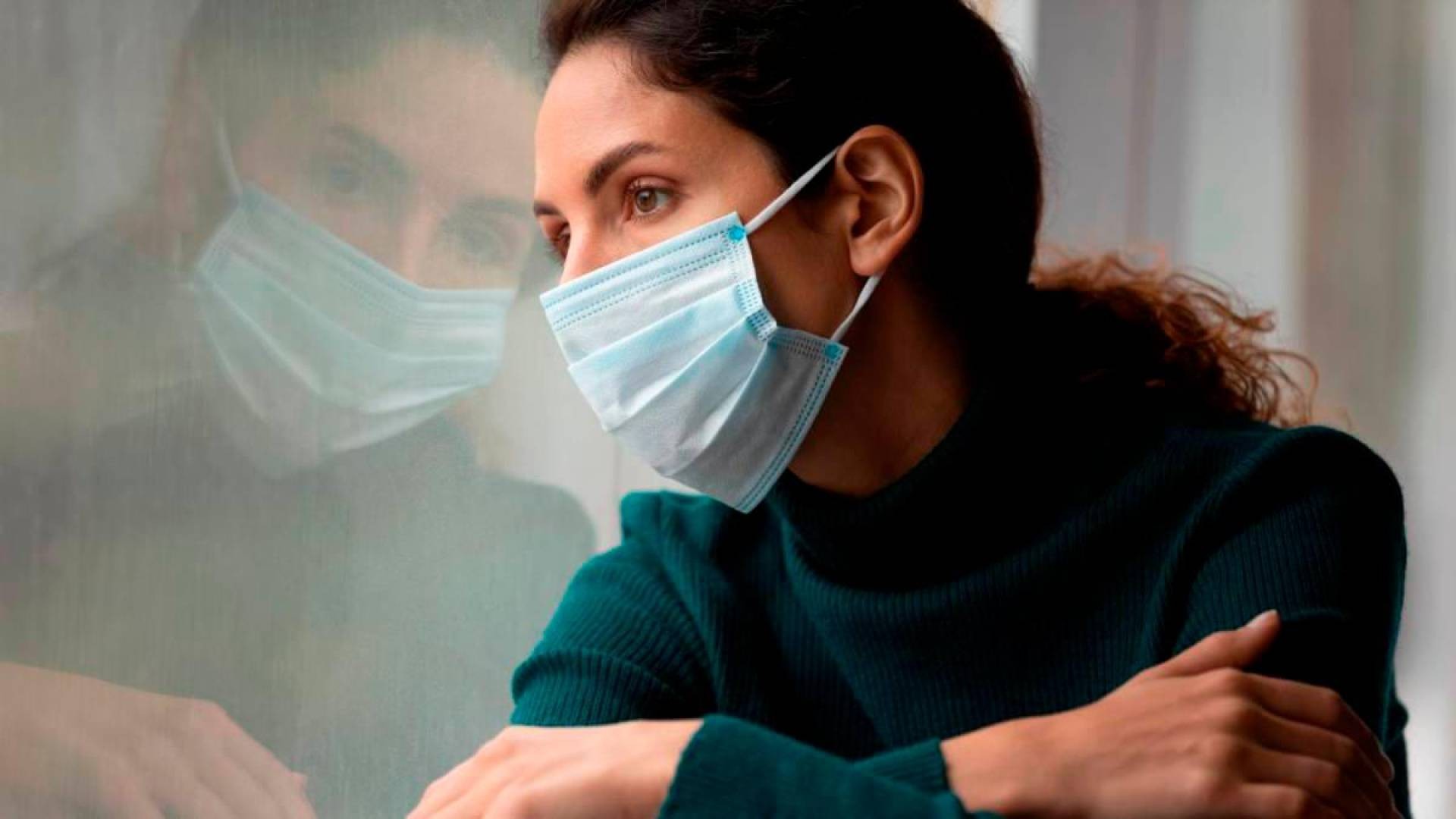It’s time to bid farewell to a paranoid society

It may seem like a rhetorical question, but it’ s not: are we truly ready to say goodbye to the COVID era and to regain the liberties we lost during the pandemic? Many people spontaneously answer «yes» at the top of their lungs, however there are also those who are reluctant to get carried away by the enthusiasm, especially among them, who during the pandemic discovered their «comfort zone», a region of their brain as appealing as refractory to any change, good or bad. This was one of the psychological and social aspects that COVID made more visible: from one side, those who, after biting the bullet for two years, are eager to leave the restrictions behind and start living again like nothing has happened, from the other side, those who, for various reasons, will understandably find it harder to get used to the longed-for normality and to abandon (hopefully forever) that which was defined «the paranoid society».
It was inevitably so: a conditioning that lasted two years, excruciating for some, awful and tragic for others, was bound to affect the reactions of each of us, at the moment when «free everyone» or almost free everyone is finally declared. This is why it is important that the re-opening, which is becoming gradual and definitive, be supported and conducted in such a way that the general public does not feel, somewhat paradoxically, lost.
Many psychologists have already commented on this: for two years we have had to adapt, willingly or unwillingly, to new rhythms and dynamics that did not exist before. A number of us have not only become accustomed to this new existence, but have also become attached to it, slipping into a sort of «Stockholm syndrome» towards a scourge that has transformed, without a doubt for the worse, our way of life, forcing us into long isolations and poorer social contacts. Now that we are approaching the long-awaited moment, the moment of total reopening, it is inevitable to wonder what it will be like to return to the situation two years ago.
The contradictions are not lacking: in ten days or so, the green light in Switzerland and in Ticino will come on and we will probably be able to live without certificates and masks; a few kilometers south of us, on the other hand, it will continue to be the red color reminding us that the pandemic is in progress and should in no way be underestimated. Two bordering regions, two fundamentally different ways of assessing the situation: the question of who is right and who is wrong immediately arises. And for now, left unanswered. In either case, on both sides of the border, some behavioral patterns have entered people’s heads and, as mentioned, it will not be easy to remove them. If during the pandemic we called for resistance, during the phase we are about to live we must rely, for instance, on courage: to live, to work freely, to have fun. If before it was necessary to convince only the No-vax to do their part, henceforth we must strive to persuade all those who, whether vaccinated or not, remain prisoners of fear: returning to live as before is possible, it is pleasant, and in some ways even right. The State, in turn, will have a task: to make this return to life as simple as humanly possible, after an endless period of (justified) ties and strings that have ended up making exhausting and burdensome every aspect of our daily lives.
It is pointless to hide the fact that these two years will leave an important legacy in the medium and long-term: but now that the time of re-opening is approaching, it is vital to grasp and understand its importance, to convey it to our children and our elders, so harshly affected by confinement and fears. The light at the end of the tunnel, which we have been longing for two years, must not frighten us anymore.
